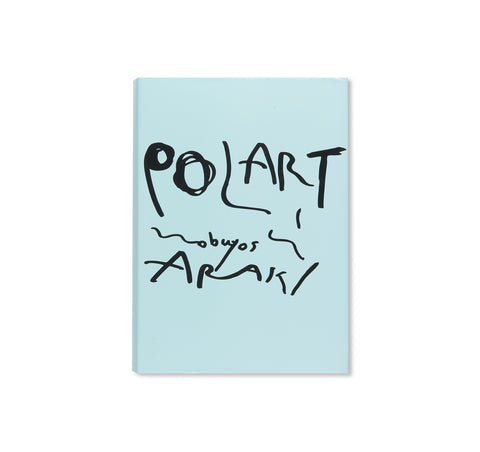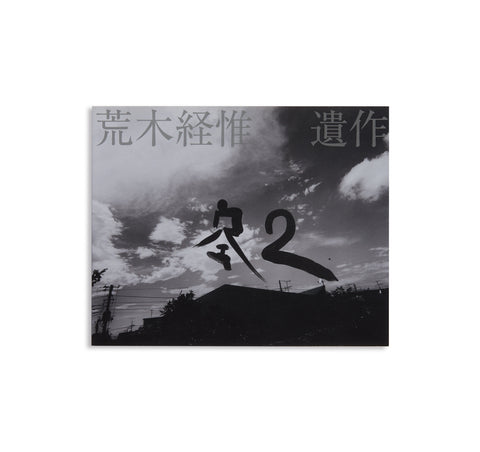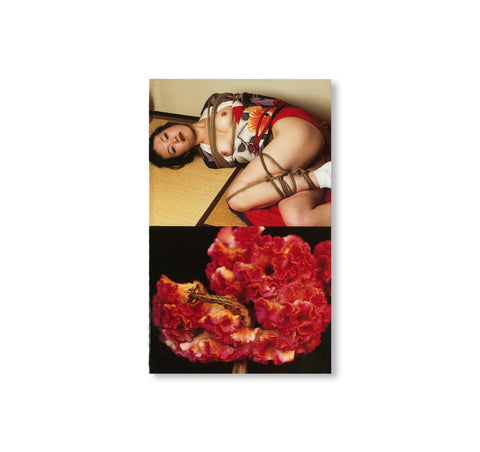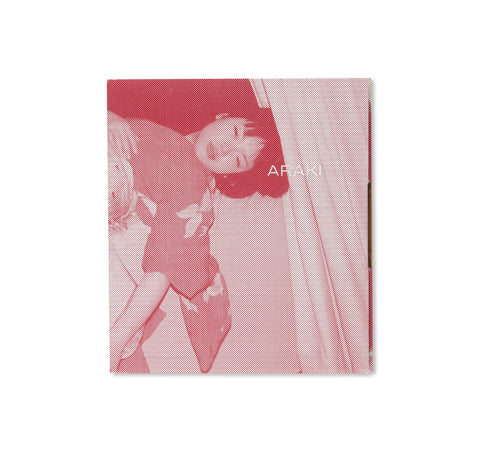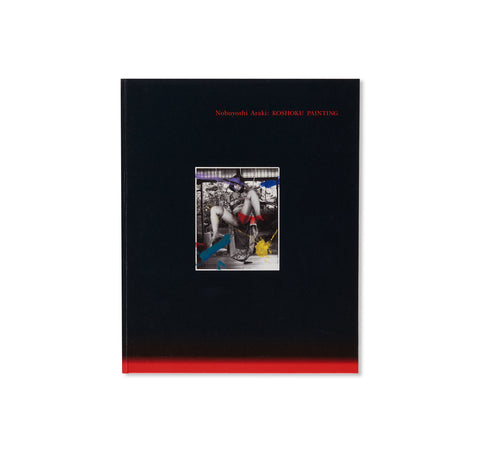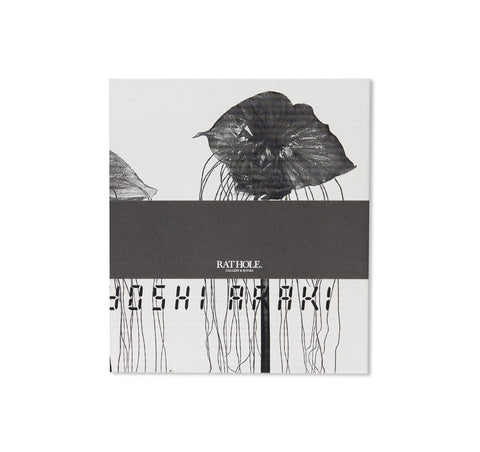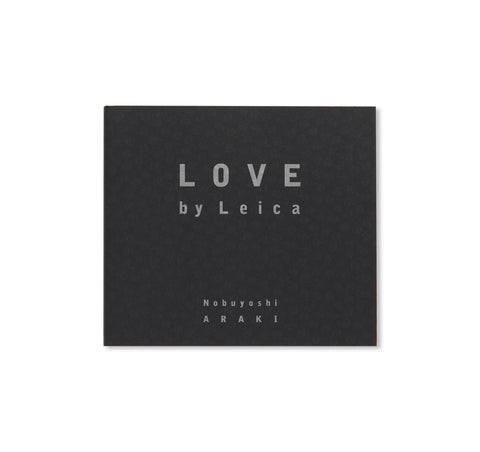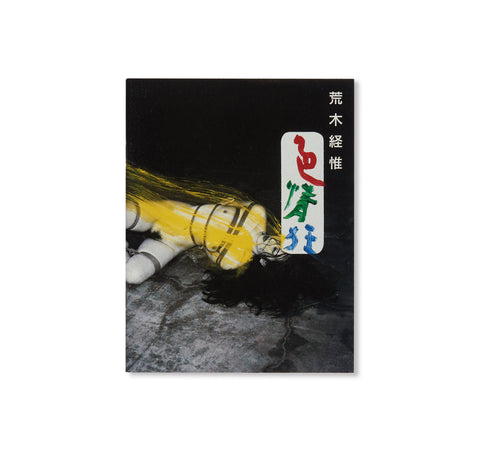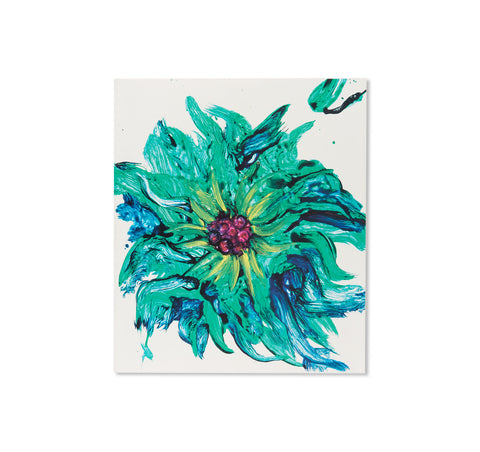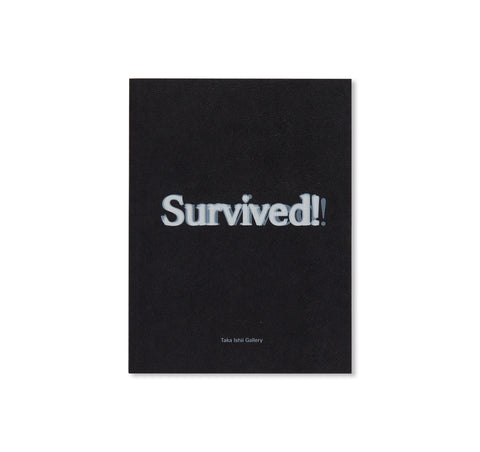LOVE-DREAM, LOVE-NOTHING by Nobuyoshi Araki
日本人写真家、荒木経惟の作品集。2018年にタカ・イシイギャラリーで開催された展覧会「LOVE-DREAM, LOVE-NOTHING(恋夢 愛無)」に伴い刊行された。
以下プレスリリースより
2016年10月にオープンした東京スペース(complex665)においては初、タカ・イシイギャラリーでは通算26度目の個展となる本展では、6×7フィルムで撮影したモノクローム写真を中心に、98点の新作を展示いたします。70年代初期より荒木は、被写体との極めて私的な関係性を切々と撮影し、今日までの半世紀の間に写真集500冊以上に及ぶ膨大な数の作品を発表してきました。主観的な視点で物語が展開する文学形態である私小説に準え、自らの写真を「私写真」と呼び、「私写真(私小説)こそが写真である」とする態度は、1971年に刊行された実質的な処女写真集『センチメンタルな旅』の序文において写真家自身によって高らかに宣言されて以来、すべての荒木作品に通底しています。1990年の愛妻・陽子の死後、その作品にはエロス(生/性)とタナトス(死)が表裏一体により色濃く写しとられ、また2000年代後半から自身に降りかかった度重なる病魔や、年月を重ねる中で身体や精神に表れる老いまでもが作品として結実する様は、昨年2017年に国内外の各地で開催された展覧会群でもひろく紹介されました。自らの死を覚悟し、まるで残された時間を惜しむかのように開催したこれらの合計20あまりの個展を通じ、展示した自らの作品から「死から生に向かう」よう励まされ、荒木は今日も精力的に制作を続けています。本展で展示される作品はすべて、中判モノクロームフィルムで撮影されました。荒木にとってモノクローム写真は元来「死」を象徴していますが、昨年以降、止まっているはずの被写体のうちに微動を感じ、「殺しちゃいけない。写真で撮ることは、最後まで微動して見えなくちゃいけない」と写真家は語っています。また、あくまでもフィルムでの撮影を基本とする姿勢には、荒木が大切にする情(愛情/情け/情緒)は、フィルムの乳剤面でのみ写しとることができるとの確信がうかがえます。「究極の写真はモノクローム」と断言する荒木の最新作を、是非この機会にご高覧ください。
Official Press Release:
Taka Ishii Gallery is pleased to present “Love-Dream, Love-Nothing,” an exhibition of works by Nobuyoshi Araki, from May 25 to June 23. This solo exhibition – his twenty-sixth with Taka Ishii Gallery, though his first at the new Tokyo space in complex665 that opened in October 2016 – presents 98 new works consisting mainly of monochromes captured on 6×7 film. Since the early 1970s, Araki has committedly photographed extremely personal relationships with his subjects, releasing over the past half-century a prodigious 500-plus publications. He refers to his own photography as Shi-shashin, or the “I-Photograph” – a play on Shi-shosetsu, the “I-novel,” the literary form in which the narrative is related from a subjective first-person perspective – holding that the I-photograph is the truest form of photography. It was in 1971 in the preface to Sentimental Journey, in effect his debut publication, that Araki first made this bold declaration, and this stance has underpinned his work ever since. After the death of his beloved wife Yoko in 1990, Araki’s work became thickly imprinted with Eros (life/sexual desire) and Thanatos (death), presenting these two poles as an inextricable unity. His recent work has sublimated even the illnesses that have plagued him since the late 2000s and the creeping effects of old age on his mind and body, as the series of solo exhibitions in Japan and abroad in 2017 demonstrated. Last year’s prolific run of 20 exhibitions gives the image of an artist who is staring his own death in the face, and is determined not to waste a moment of the time left to him. Inspirited by his own creations to head away from death and toward life, Araki has kept up his tireless creative activities to this day. The exhibited works were all captured on medium-format monochrome film. Though monochromes originally symbolized death for Araki, he began last year to see movement in monochrome photography, claiming “You can’t kill it. A photo has to show minute movements to the last.” His basic stance of insisting on using film illustrates his conviction that the love, sympathy and emotion that he values in his photography can only be captured on emulsion-coated film. We hope you enjoy Araki’s latest offering in his trademark monochrome, a form he asserts to be the ultimate in photography.
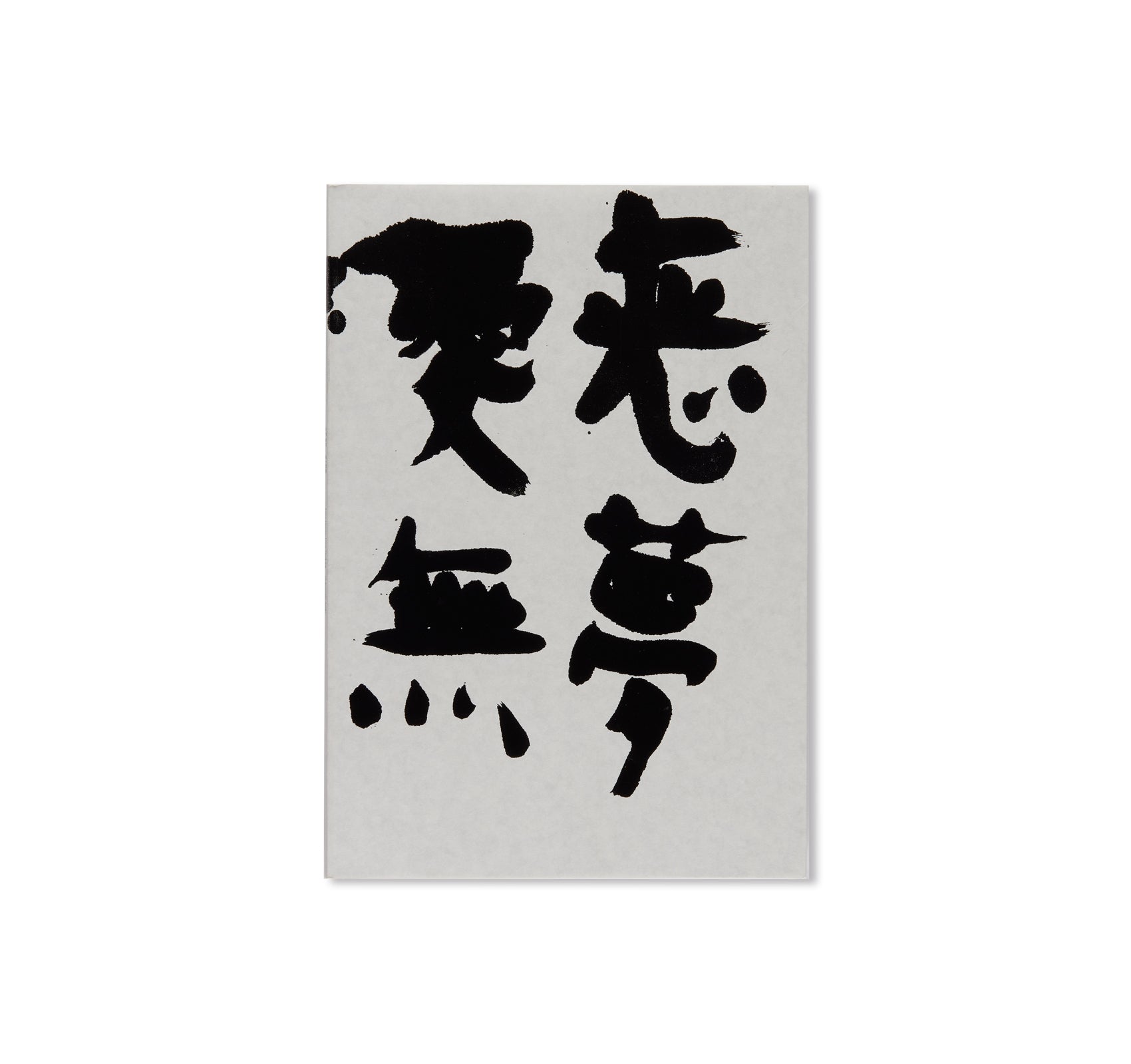

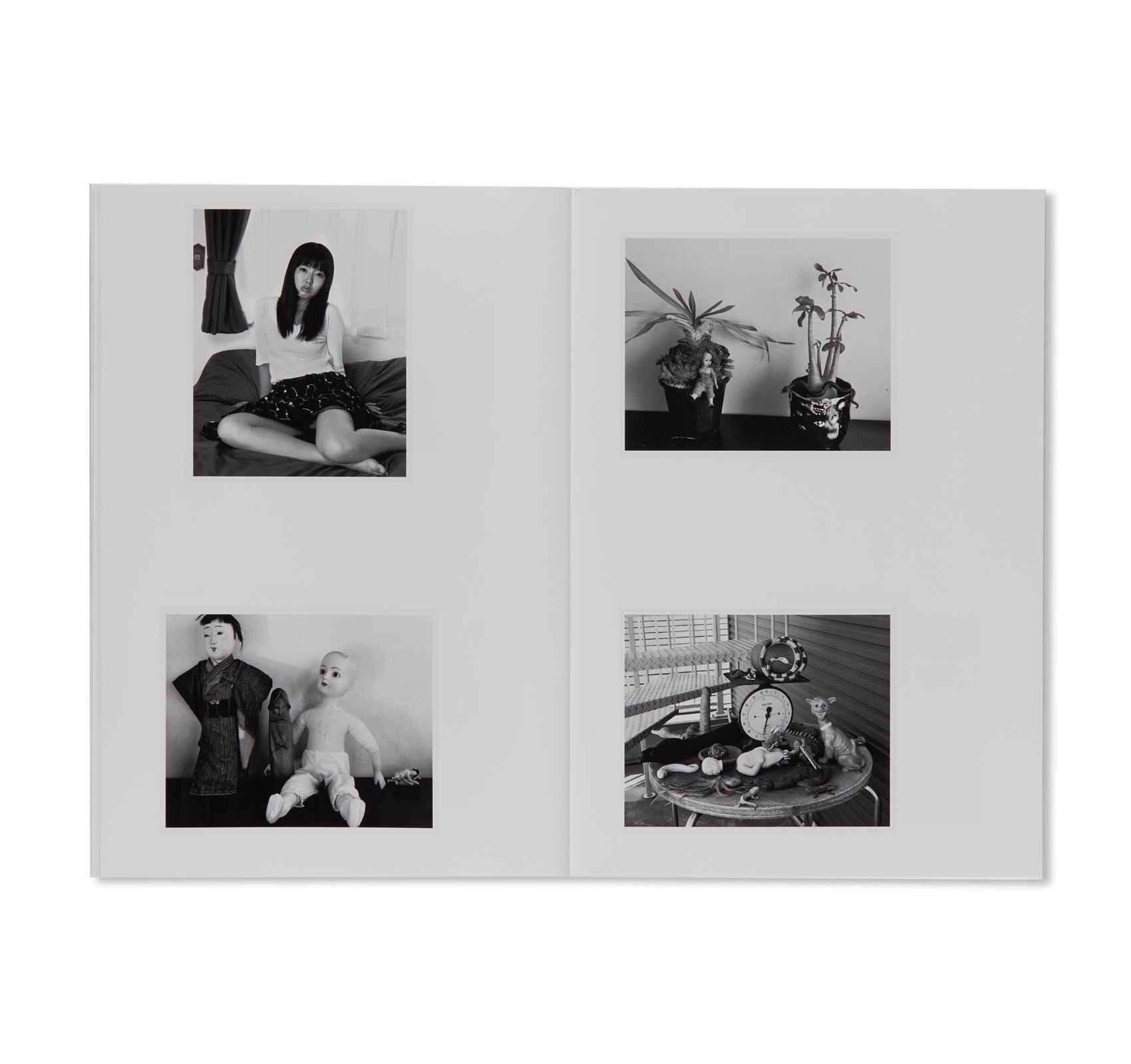
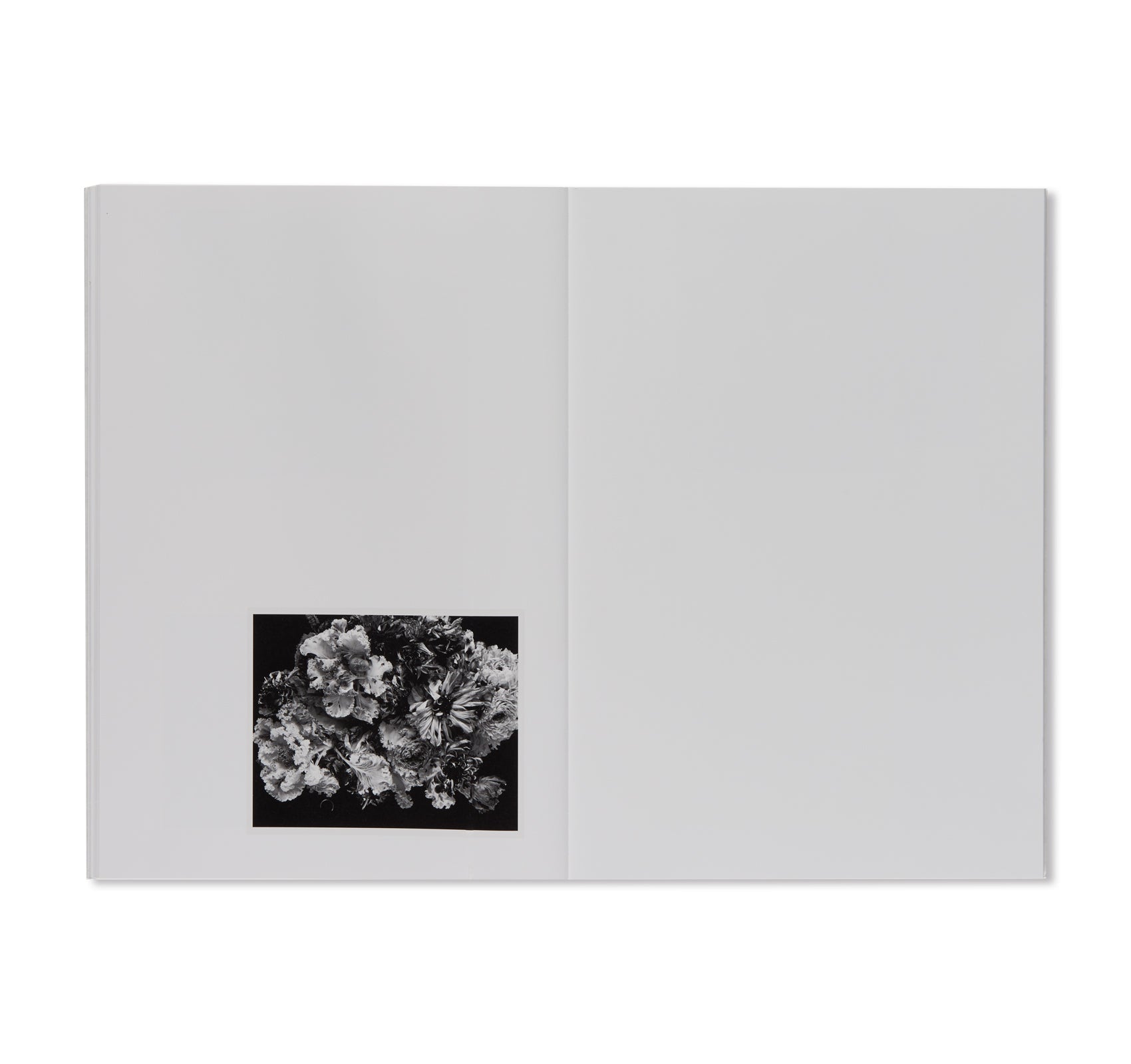
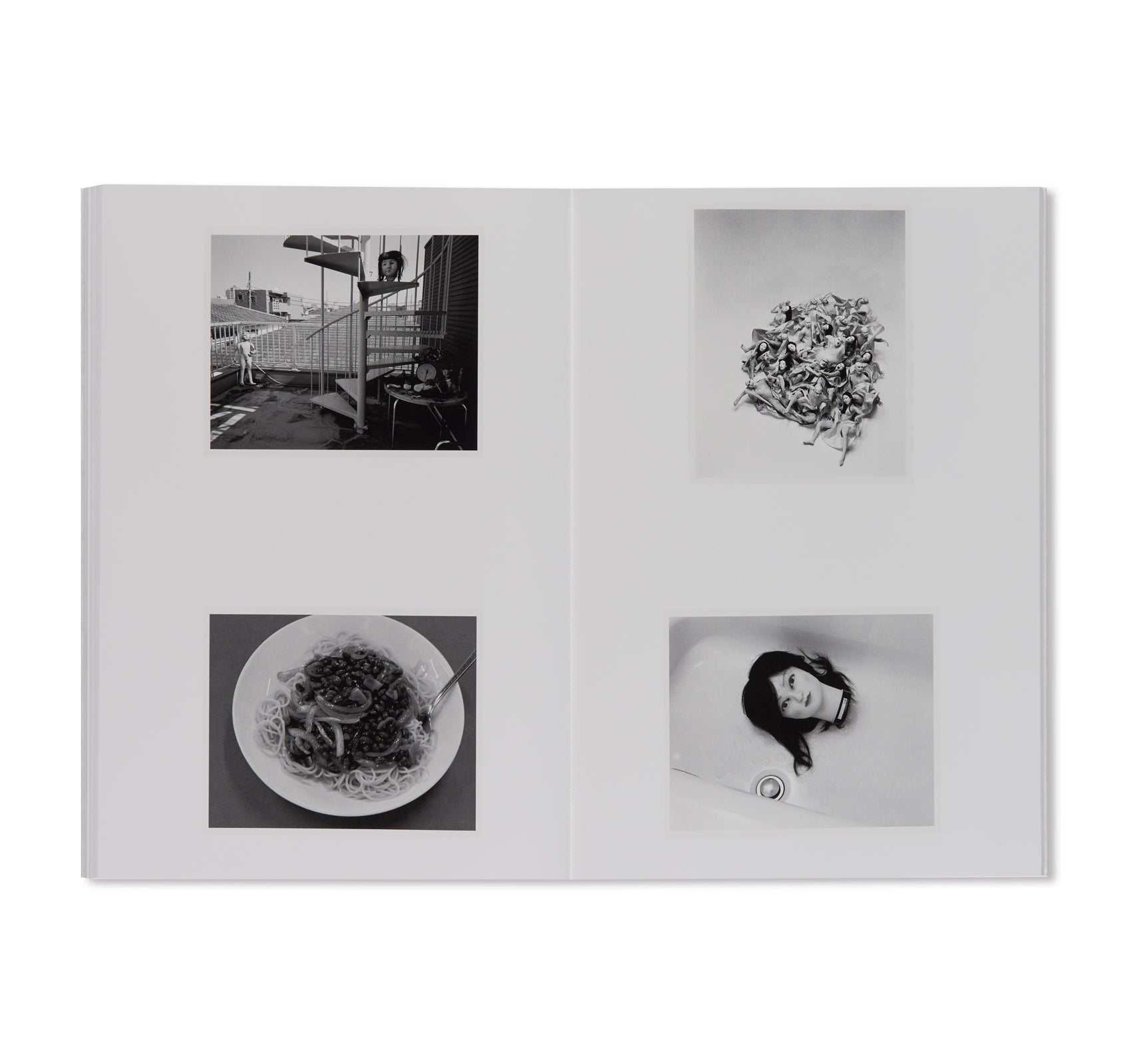

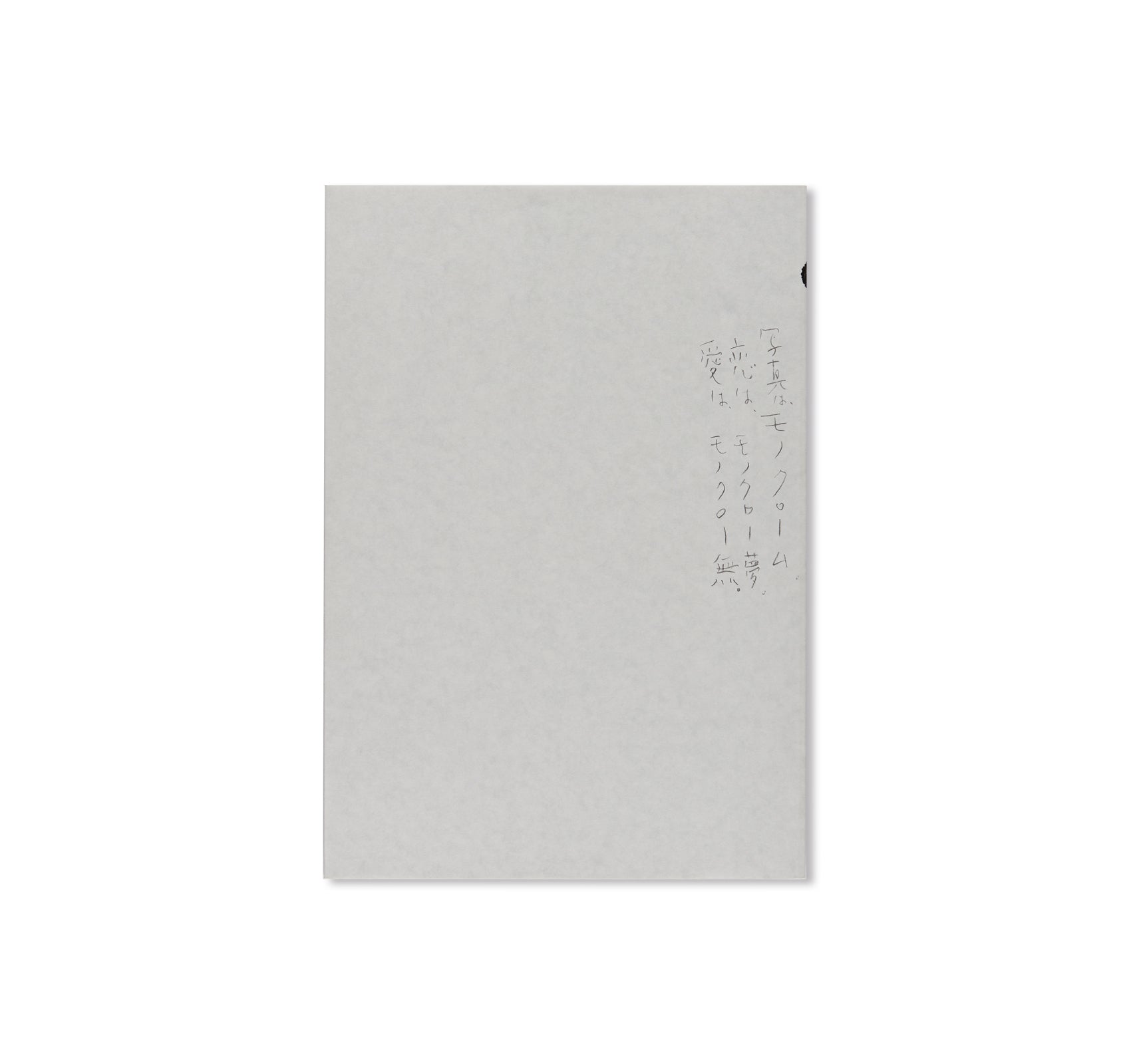
![BLUE PERIOD / LAST SUMMER : ARAKINEMA 青ノ時代/去年ノ夏:アラキネマ by Nobuyoshi Araki [JAPAN EDITION]](http://twelve-books.com/cdn/shop/products/180118_5138_large.jpg?v=1571703962)
![BLUE PERIOD / LAST SUMMER : ARAKINEMA / 青ノ時代/去年ノ夏:アラキネマ by Nobuyoshi Araki [US EDITION]](http://twelve-books.com/cdn/shop/products/180118_5127_large.jpg?v=1571703962)
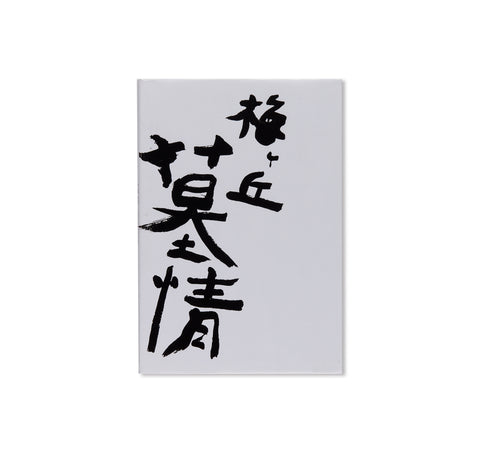
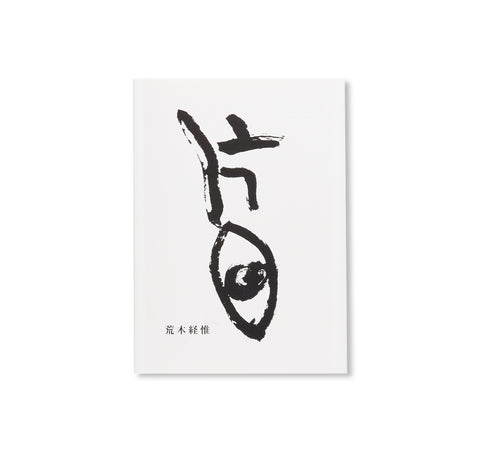
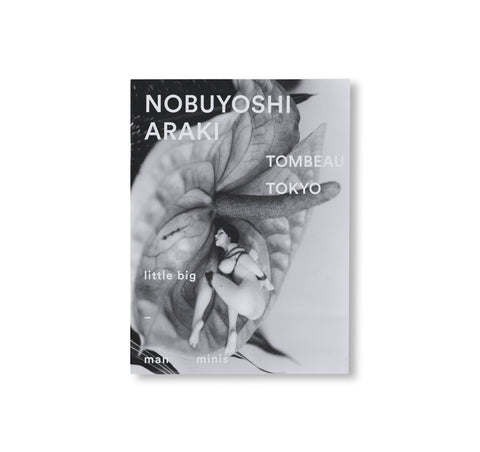
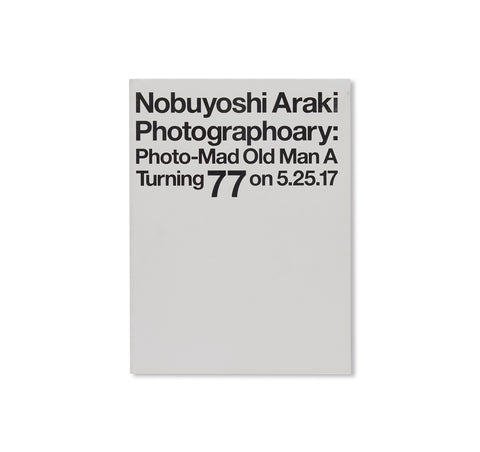
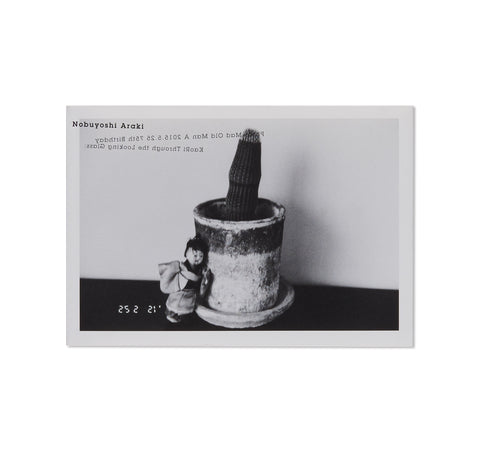
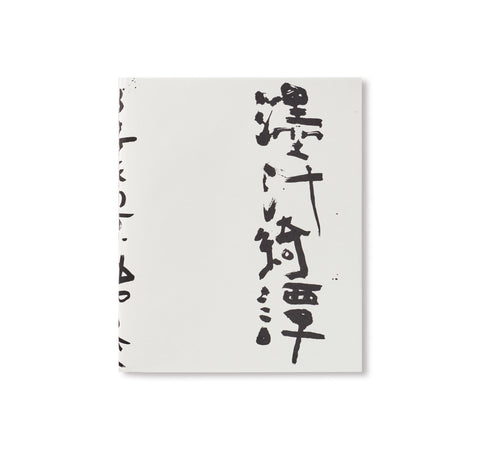
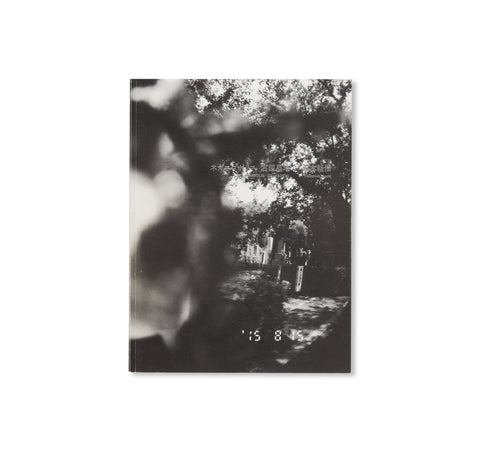
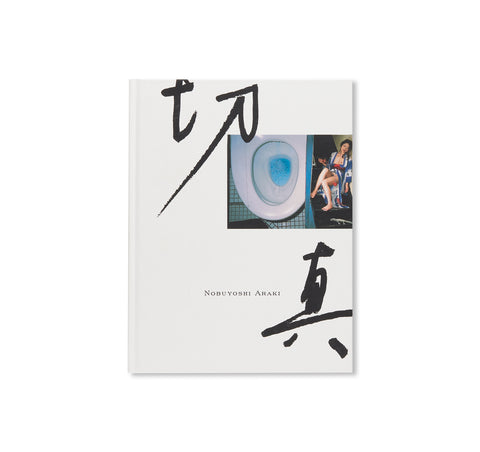
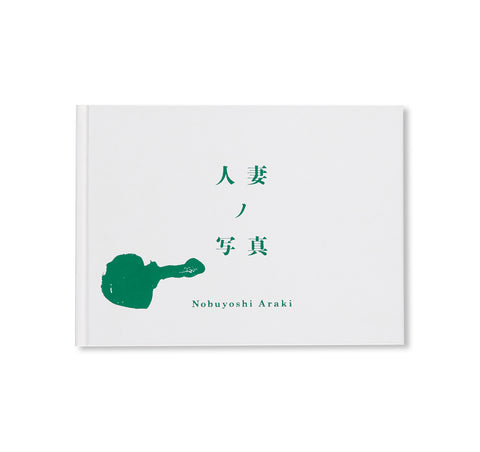
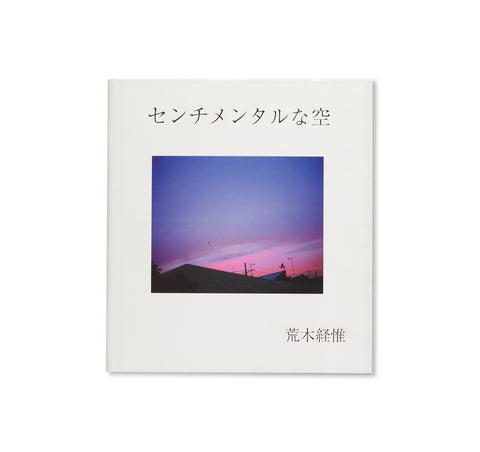
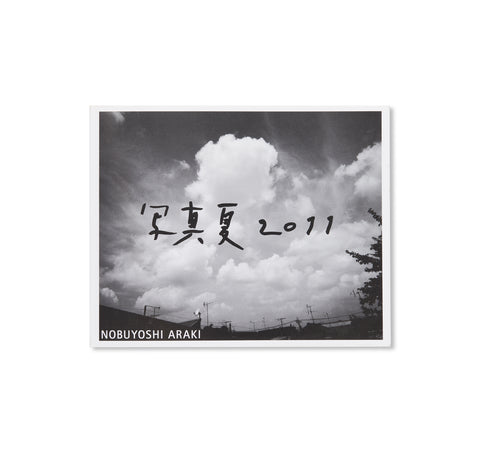
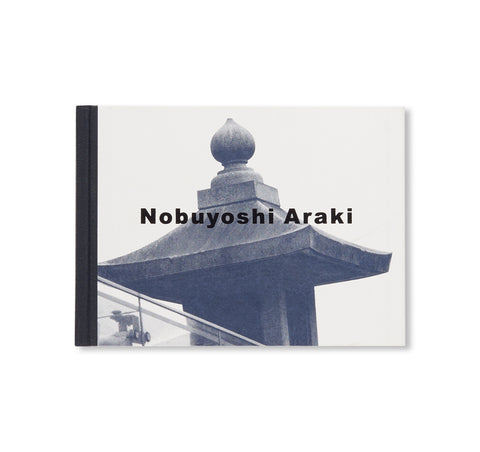
![楽園 / RAKUEN by Nobuyoshi Araki [SIGNED]](http://twelve-books.com/cdn/shop/products/2105142825_large.jpg?v=1621312643)
